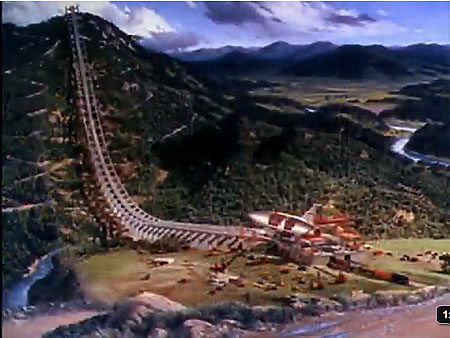This week there's a conference in Monterey called Starship Congress 2017 whose purpose is to explore creating a launch site for interplanetary and interstellar travel on the Moon.
Speakers include Miguel Alcubierre, David Brin, and Alan Kay, as well as a host of space industry speakers. Alcubierre is known to most of us as the proposer of a faster than light drive and Brin as an SF writer. Kay is a pioneer in computer science and technology. The organizers are Icarus Interstellar - not a name I'd chosen for a spaceflight advocacy group!
For more info on the Congress and its organizers click the following link: http://www.icarusinterstellar.org/
Most SF stories I've read posit creating advanced spaceships in Earth orbit and launching from there. What do you think of the idea of the Moon as a launch pad for advanced space travel?
Speakers include Miguel Alcubierre, David Brin, and Alan Kay, as well as a host of space industry speakers. Alcubierre is known to most of us as the proposer of a faster than light drive and Brin as an SF writer. Kay is a pioneer in computer science and technology. The organizers are Icarus Interstellar - not a name I'd chosen for a spaceflight advocacy group!
For more info on the Congress and its organizers click the following link: http://www.icarusinterstellar.org/
Most SF stories I've read posit creating advanced spaceships in Earth orbit and launching from there. What do you think of the idea of the Moon as a launch pad for advanced space travel?
Last edited:




